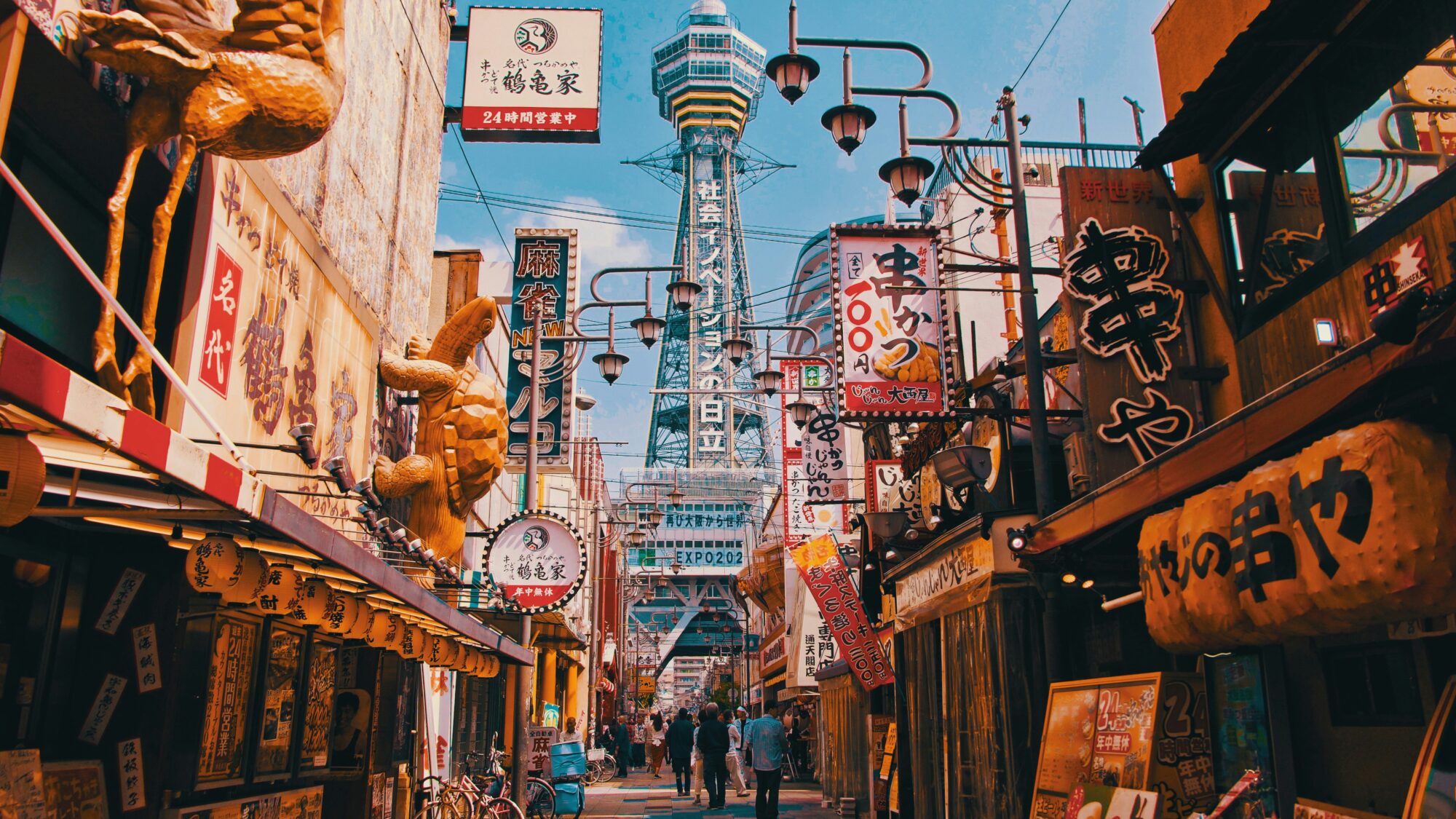In my past three trips to Japan, visiting the main island Honshu, I’d never had a bad meal. I’d slurped down shoyu (soy sauce) ramen in Tokyo and experienced, in Kyoto, a traditional tea ceremony. Each dining experience revealed something vital about the culinary culture and traditions of the country.
This time, I headed for delicious destinations a little farther afield. I joined tour provider Oku Japan alongside a small group with adventurous palates and travelled southwest to Osaka and Awaji Island, then north to tiny Nanto, near the Sea of Japan.
Royal Provisions on Awaji
Many chefs adhere to the idea that diners eat with their eyes first, and in Japan, this is apparent on every plate—food is beautifully arranged and presented or packaged. Care is an elemental ingredient in Japanese cuisine, as essential as tea, rice, fish and soy. Nowhere was this more evident than on Awaji Island, on the Seto Inland Sea.
The serenity of this sleepy resort area overlooking Osaka Bay belies its hardly humble culinary legacy. Considered a mitsukekuni (roughly translated as “region of food”), Awaji Island has long been a source of premium beef, seafood and other luxury ingredients for dishes once served at the ancient imperial court in Kyoto.
More recently, in Sumoto, a city on the east coast of Awaji, chef Satoru Shinsei served our group a feast fit for royalty—grilled fish with satoimo (Japanese taro root), a seasoned carrot terrine and pan-seared mackerel partnered with roasted shallots and fresh figs. We also sampled the island’s famed beef—mild, slightly sweet and liberally marbled with fat.
His restaurant, Shoku No Wa, is so named for his culinary philosophy, one he describes as focused on “food harmony.” By reinvigorating traditional cooking techniques with innovative twists, Shinsei’s been credited with sparking a culinary renaissance on Awaji, which now boasts several upscale restaurants as well as luxury accommodations.
Before sitting down for his three-course meal, our tour group spent the morning watching fish-laden boats dock at the local market for auction. We also visited a small fish-processing shop to see the delicate work required to debone Japanese cutlassfish, or tachiuo. Our meal at Shoku No Wa was the culmination of all this meticulous labour and rich culinary history. Each dish was a visual and gastronomical celebration of the seasonal ingredients the island has to offer.
Street Food in Dotonbori, Osaka
On clear days, you can see Osaka from Awaji, but culturally and aesthetically, Osaka is a world away. The heart of its seafood-centred food scene is busy, buzzing Dotonbori. Surging with tourists, lit with neon and adorned with giant animated signs, Dotonbori district is crowded, loud and one of the most exciting places to eat in Japan.
Takoyaki (grilled octopus balls topped with Kewpie mayo, green onion and bonito flakes) is among Japan’s most popular street foods. Join the lineup outside the shop—there’s a huge 3-D octopus sign above the entrance. If you’re looking to sample some of Dotonbori’s freshest shellfish, head to Kani Doraku. You can’t miss it—visible from down the block, a giant mechanical crab literally waves customers inside. There, at the takeout counter, I had one of the most memorable dishes of the trip—a piping hot nikuman (fluffy steamed bun), which was stuffed with shredded sweet crab meat.
Takoyaki and okonomiyaki (savoury pancakes) shops dominate the district’s main arcades, by Kushikatsu Daruma Namba Honten entices with a hard-to-miss alternative. Under a massive statue of an angry-faced chef, the iconic eatery serves up kushikatsu, skewers of deep-fried meat, seafood and local vegetables—the perfect bar food. Add a pint of ice-cold Asahi and soak up the full experience. Osaka is a street food lover’s dream with far more to relish than what you can fit into a week.
Family-Style Fare in Nanto
After a hike through the serene mountain town of Nanto, four hours north of Osaka by train, I arrived at Yomoshiro, a small family-run inn of a type called minshuku. Our hosts offered towering bottles of frosty beer alongside traditional Japanese spreads. A draw for food lovers, minshuku provide meals as elegant as they are simple. Local specialties play a central role in these meals and, in Nanto, these would include the town’s famed fermented preserves prepared to last through harsh, snowy winters.
Once seated cross-legged on tatami mats, guests are offered fermented local vegetables, grilled or fried fish, and a silky cold tofu dish called hiyayakko. The second course is a bowl of flavourful miso soup, finished with a serving of plain white rice. For breakfast in Nanto, we were treated to umeboshi (pickled plums)—a flavour bomb of salty and sour that could be classified as an acquired taste.
But that’s entirely the point of my trip. I came to acquire new tastes, experience untested flavours and choose a new favourite dish—one more reason to return to Japan.
